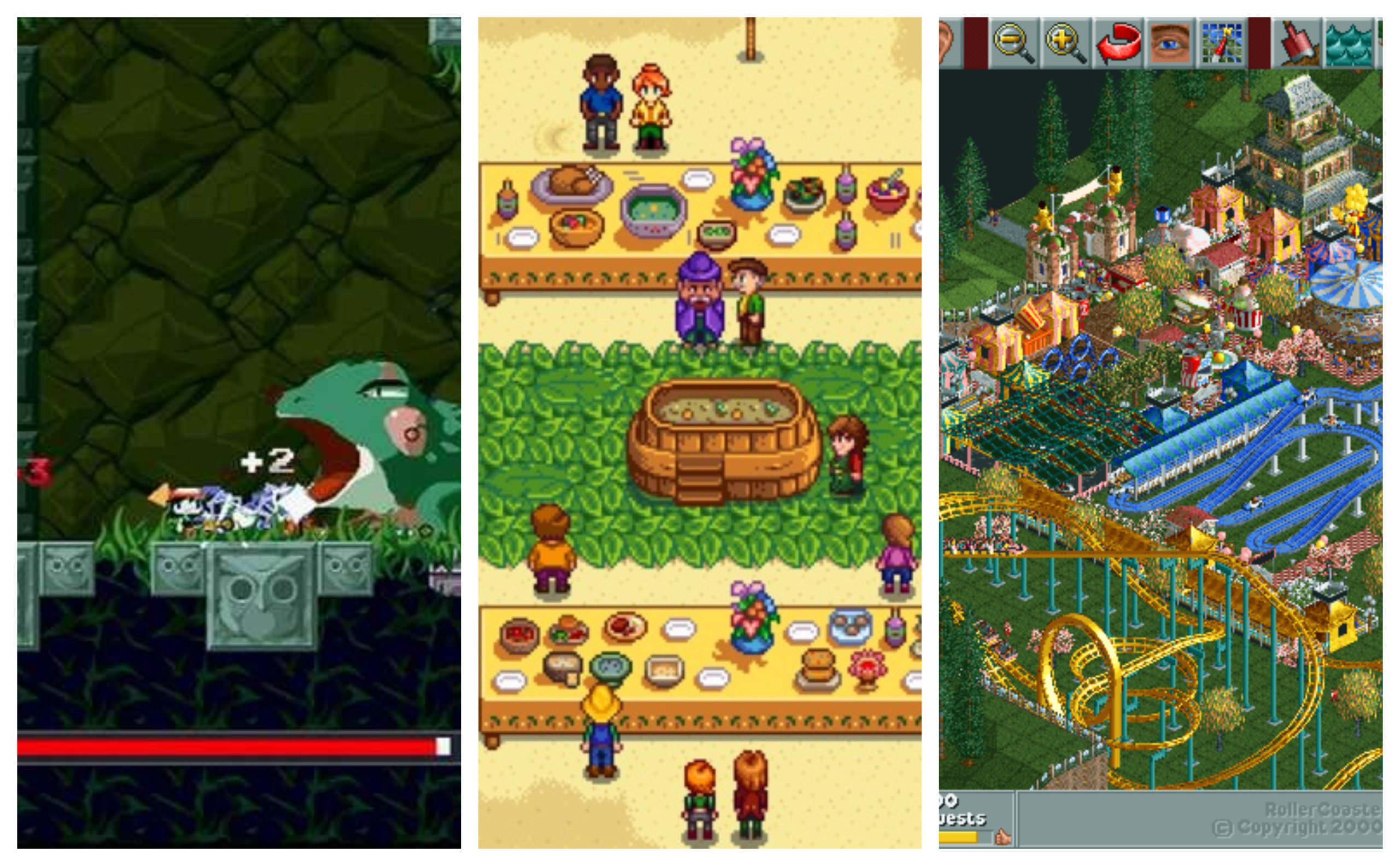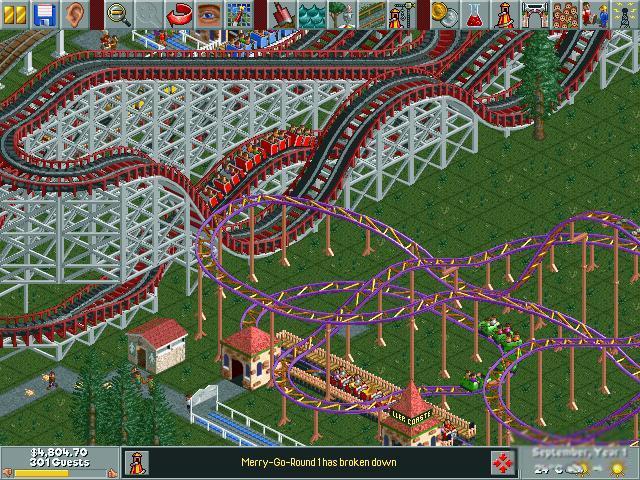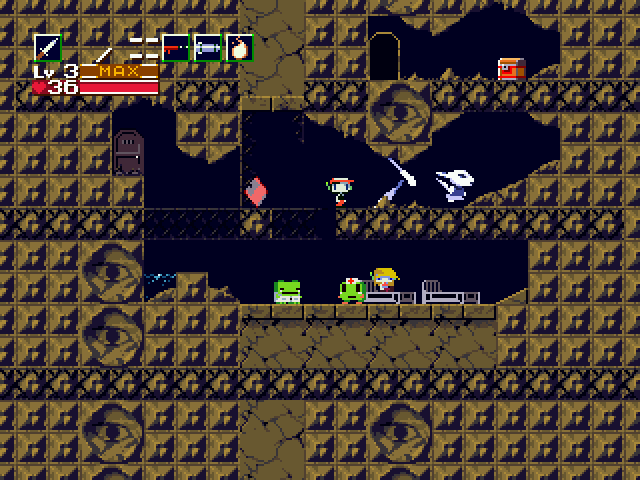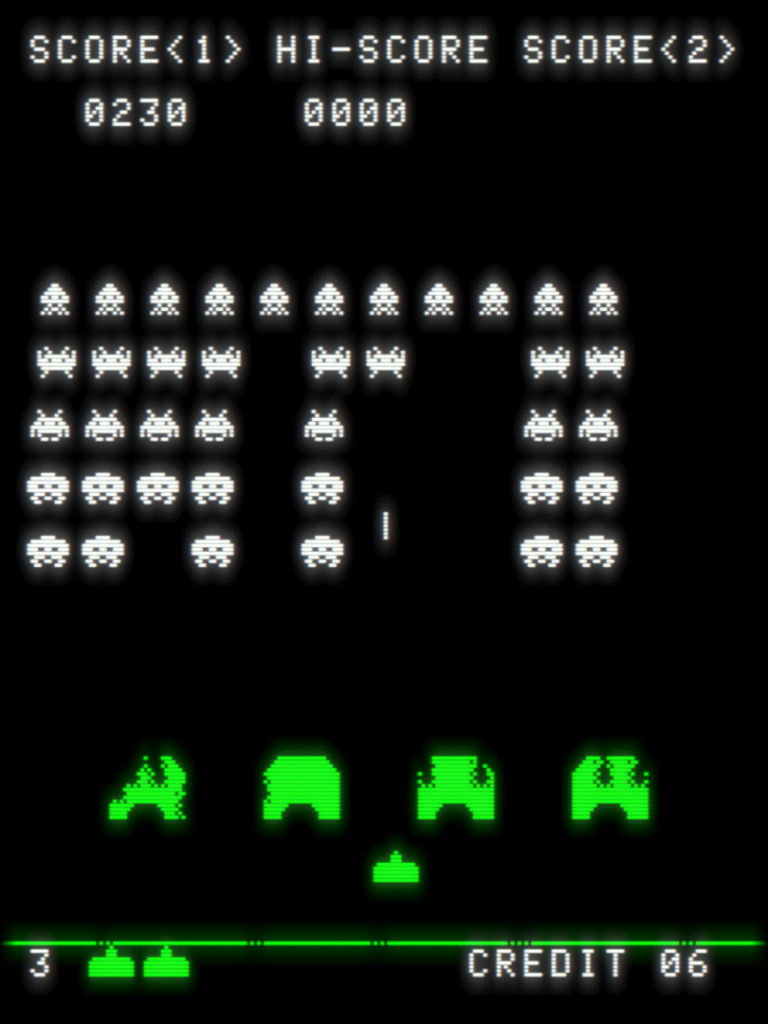
As we head into the holiday season, we are usually bombarded by AAA games. These titles go through years of development and have multiple teams with hundreds of employees all meticulously working to create expansive, high-quality games. With all of these big companies pouring money and effort into massive triple-A franchises, one could think this is pretty much the only way to get critical acclaim in the gaming industry.
While this may have been largely true historically, we continue to see the rise of the solo developer. Those who eschew the normal conventions of large teams and instead turn gaming into a solitary art form that requires a huge amount of creativity, patience, and hard work. These independent developers add to a medium that was molded by many hands and has long been the playground of large organizations. Here are five solo-developed games that were accomplishments in their own right and also made their mark on a competitive video game landscape.

RollerCoaster Tycoon – Chris Sawyer
Originally released: March 1999
Everyone’s favorite cereal freebie was surprisingly a solo endeavor. Before releasing RollerCoaster Tycoon, Chris Sawyer had his hands in game development with an infrastructure simulator by the name of Transport Tycoon. After its initial success, he decided to travel across America and subsequently got hooked on amusement parks. With his new fixation, Sawyer sat down and used parts of Transport Tycoon to create what we know as RollerCoaster Tycoon.
With pretty much endless creativity, the game is as much an imagination mapper as it is an amusement park simulator. Game mods and expansion packs have expanded the already impressive amount of game depth and created a simulator that still gets a regular amount of play these days. Just type RollerCoaster Tycoon on YouTube and see the absolute dedication some players take with their parks. To think that all of this focus came from one designer is sort of crazy in its own right.

Cave Story – Daisuke Amaya
Originally released: December 2004
One of the more prominent solo-developed darlings of the mid-2000s, Cave Story is the five-year side project of Daisuke “Pixel” Amaya. Originally released as freeware, the Metroidvania-like gameplay and refined retro-pixel style grabbed players across the world.
What makes Cave Story unique is not only its retro appeal, but also its success despite limited distribution channels. Steam wasn’t near as ubiquitous back then, and the freeware/shareware scene had started to wane, so the fact that this solo-developed game gained traction is almost a miracle. With top-flight game design that’s still used in comparisons to this day, it’s crazy that the product of one’s hobby could be so influential across an industry. Cave Story has been ported to nearly every system under the sun, so check it out!

Stardew Valley – Eric Barone
Originally released: February 2016
What if I told you that this game was not only created by one developer, but was also the first actual game that the developer worked on? Eric Barone, aka ConcernedApe, started Stardew Valley when greeted by an unfriendly job market after graduating from the University of Washington-Tacoma with a degree in computer engineering.
After roughly four years of 10-hour days, seven days a week, Barone had a game that largely surpassed its initial Harvest Moon inspiration (and was something to fill out his portfolio). The depth in this game (growing, collecting, and relationship building) is crazy to expect from a small, indie team, let alone an individual. Stardew Valley is a game in which one can very easily get themselves lost, and the fact that it primarily came out of one person is a testament to the hard work and dedication required for solo development.

Undertale – Toby Fox
Originally released: December 2004
A Kickstarter favorite, Undertale (not unlike Stardew Valley) is a sterling example of a solo developer designing a spiritual successor to a pop culture mainstay (Earthbound, Harvest Moon). After smashing the original goal of $5k with over $50k, Toby Fox went forward and created the non-lethal RPG known as Undertale. With little experience other than RPGMaker and some Earthbound ROM hacks, Toby was able to create a full-fledged RPG that sits at the same table as other classics.
The beauty of Undertale is its love story to the Earthbound-type and its subversion of RPGs as a whole with its bullet-hell mechanics and unique way of toying with player choice. Instead of the de facto idea of defeating and destroying your enemies, you’re given alternatives that go beyond just pressing X to talk your way out of it. This feeds so much of the game and gives a real charm to its character and world that sets it apart from other RPGs. I’d go into it more, but this game is something to experience on its own.

Space Invaders – Tomohiro Nishikado
Originally released: June 1978
It would be hard for me to put this list together without including one of the OG video games, Space Invaders. Crazy enough, the game is partially based on designer Tomohiro Nishikado’s dream in which Japanese schoolchildren wait for Santa to arrive, but are instead greeted by a bunch of threatening aliens. In response, the children come together and create a laser blaster out of everyday items to slowly but surely shoot the aliens out of the sky. Not only did Tomohiro have to design the game from his dreams, but he also had to create the hardware to actually play the game!
Despite being simplistic by today’s standards, the game’s popularity was so high that Japanese arcades started to pop up that were filled solely by Space Invaders cabinets. Its American release was no different, and the developer company Taito sold 60,000 arcade units in under a year. Its popularity would continue to grow, and the game changed both Japanese and western pop culture. Prominent developers, such as Shigeru Miyamoto, John Carmack, and Hideo Kojima list Space Invaders as their introduction to video games, so there is no understating how influential the work of Tomohiro Nishikado was to the industry as a whole.



